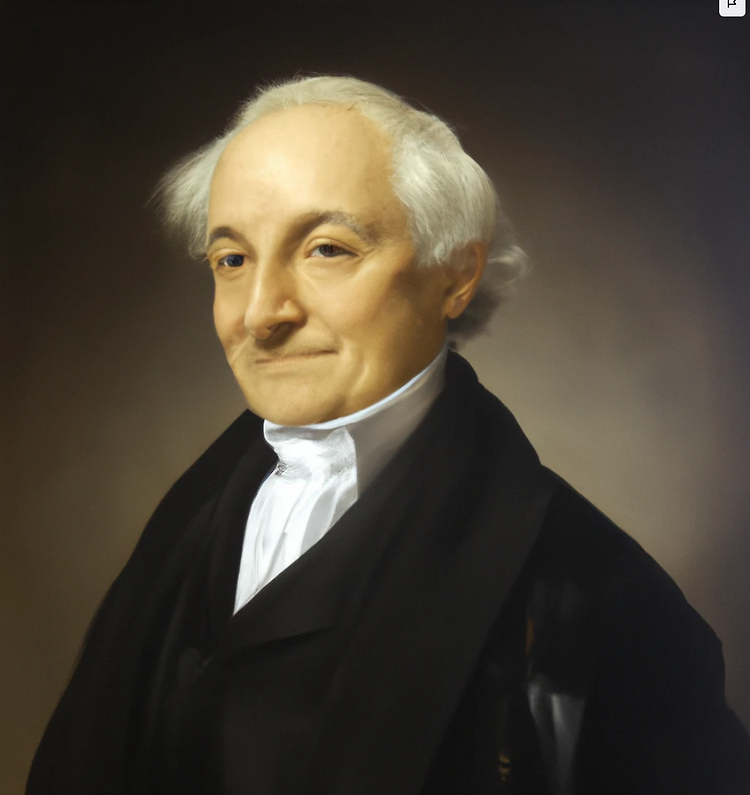

Introduction
Leonhard Euler was a Swiss mathematician and physicist who made significant contributions to the field of mathematics, physics, engineering, and astronomy. His work laid the foundation for many areas of mathematics and physics, including calculus, number theory, graph theory, and mechanics. He is widely considered to be one of the greatest mathematicians of all time, and his influence on mathematics is still felt to this day. Despite his contributions, Euler's work is not as well-known as it should be among the general public, and this document aims to provide a comprehensive overview of his life and work for experts in the field.
Biography
Leonhard Euler was born in Basel, Switzerland on April 15, 1707. He began his studies in mathematics and physics at the University of Basel at the age of 13, and later went on to study at the University of Strasbourg and the University of Paris. In 1727, he returned to Basel and began working as a professor of mathematics. In 1741, he was appointed to the chair of physics at the St. Petersburg Academy of Sciences in Russia, where he spent most of his career. He returned to Switzerland in 1766 and died in 1783 in Saint Petersburg, Russia.
Throughout his career, Euler made many groundbreaking contributions to mathematics and physics. He published over 800 papers and books, and his work covered a wide range of topics, including calculus, number theory, graph theory, and mechanics. He also made important contributions to the field of astronomy, including the calculation of the orbits of comets and the prediction of eclipses.
Achievements
One of Euler's most significant achievements was his work on the calculus of variations, which laid the foundation for the development of mathematical analysis. He introduced the concept of a function and its derivative, as well as the notation $f'(x)$ for the derivative of a function $f(x)$. He also developed the concept of a function's integral and the notation $\int f(x) dx$ for the integral of a function $f(x)$.
Another significant achievement of Euler was his work in number theory. He made important contributions to the theory of prime numbers, including the proof of Fermat's Little Theorem and the development of the concept of the totient function. He also made significant contributions to the theory of complex numbers, including the introduction of the notation $i$ for the square root of -1.
Euler also made important contributions to the field of graph theory, including the introduction of the concept of a graph and the development of the Euler formula for planar graphs. He also made important contributions to the field of mechanics, including the development of the laws of motion and the concept of potential energy.
In addition to his work in mathematics and physics, Euler made important contributions to the field of astronomy. He calculated the orbits of comets and predicted eclipses, and his work on the theory of tides laid the foundation for the study of oceanography.
Definitions
In mathematics, an Euler function is a function that assigns a value to each positive integer, and is defined as the sum of the totient function over the divisors of the integer. Euler's Totient Function $\phi(n)$ is an arithmetical function that counts the number of integers from 1 to n that are relatively prime to n (i.e., the number of integers which have no common divisors with n, except for 1).
In physics, Euler's equations of motion are a set of equations that describe the motion of a rigid body in space. They are based on the principles of conservation of energy and momentum, and are expressed in terms of the angular velocity and angular acceleration of the body. The equations are:
$\frac{d}{dt}(\mathbf{I}\boldsymbol{\omega}) = \boldsymbol{\tau}$
Where $\mathbf{I}$ is the moment of inertia tensor, $\boldsymbol{\omega}$ is the angular velocity vector, and $\boldsymbol{\tau}$ is the torque vector.
In graph theory, an Eulerian path is a path in a graph that visits every vertex exactly once. An Eulerian cycle, also known as an Euler tour, is an Eulerian path that starts and ends at the same vertex. A graph that contains an Eulerian cycle is known as an Eulerian graph.
Theorems
One of Euler's most famous theorems is the Euler's Formula for Planar Graphs, which states that for any connected planar graph with $V$ vertices, $E$ edges, and $F$ faces, the following equation holds:
$V-E+F = 2$
This theorem is a fundamental result in the study of topology and is widely used in the field of graph theory.
Another important theorem by Euler is the Euler's Totient Theorem, which states that for any positive integer $n$, the following equation holds:
$\sum_{d|n} \phi(d) = n$
where the sum is taken over all divisors $d$ of $n$.
Properties
Euler's Number, $e$, is a mathematical constant that is the base of the natural logarithm and is approximately equal to 2.71828. It appears in many areas of mathematics, including calculus and number theory, and is closely related to the Euler's Formula for exponential functions:
$e^{ix} = \cos x + i \sin x$
Euler's identity, is a mathematical equation that expresses the relationship between five fundamental mathematical constants:
$e^{i\pi} + 1 = 0$
It is considered to be one of the most beautiful mathematical formulas and is a fundamental result in the study of complex numbers.
Applications
Euler's work has had a wide range of applications in mathematics, physics, engineering, and other fields. In physics, his work on the calculus of variations and the theory of tides laid the foundation for the study of oceanography. In engineering, his work on the laws of motion and the concept of potential energy is used in the design of machines and structures. In computer science, his work on graph theory is used in the study of algorithms and the design of networks.
Euler's methods and formulas are also widely used in other fields such as economics, cryptography, and statistics.
Conclusion
Leonhard Euler was one of the most important and influential mathematicians of all time, and his contributions to the field of mathematics are still felt to this day. His work laid the foundation for many areas of mathematics, including calculus, number theory, graph theory, and mechanics, and his influence is still evident in many areas of science and engineering. This document provided an overview of Euler's life and work for experts in the field, and highlighted some of his most important achievements, definitions, theorems, properties, and applications.

You know what's cooler than magic? Math.
포스팅이 좋았다면 "좋아요❤️" 또는 "구독👍🏻" 해주세요!



